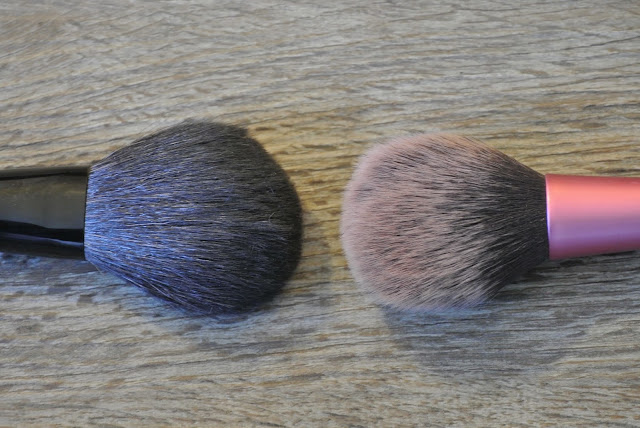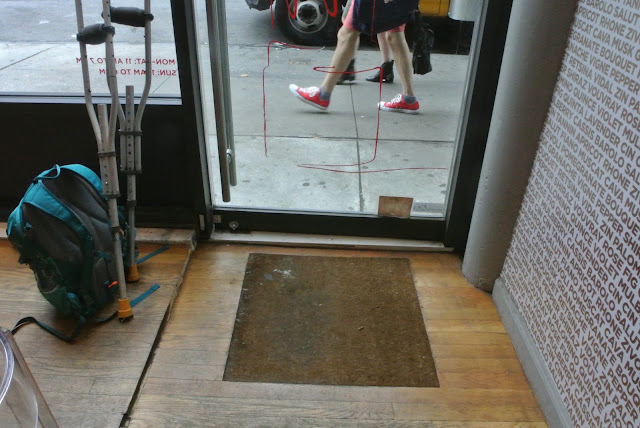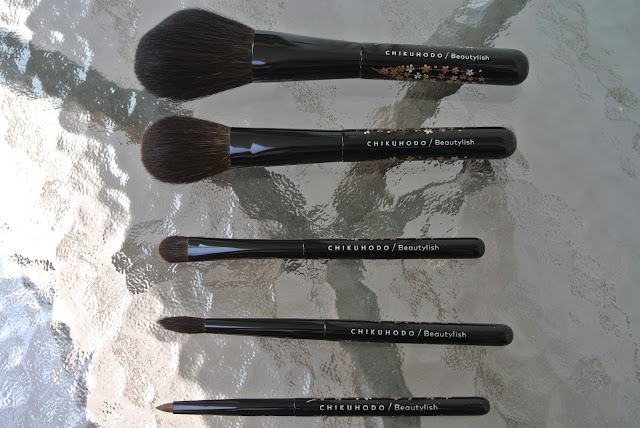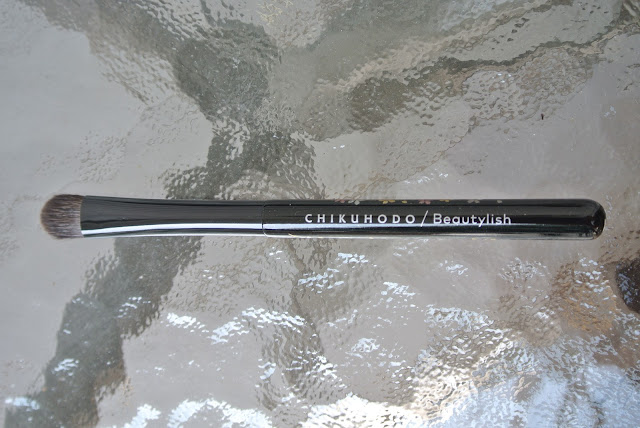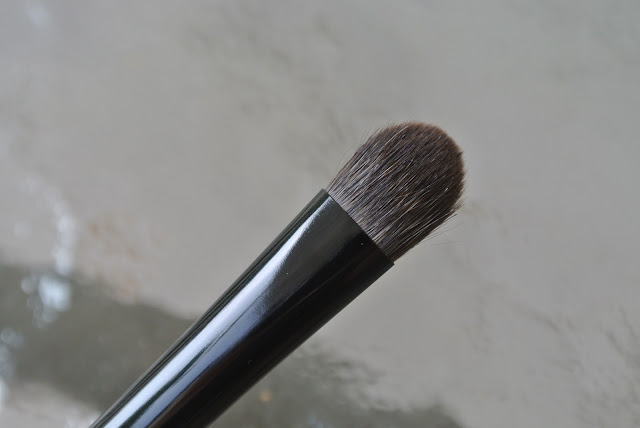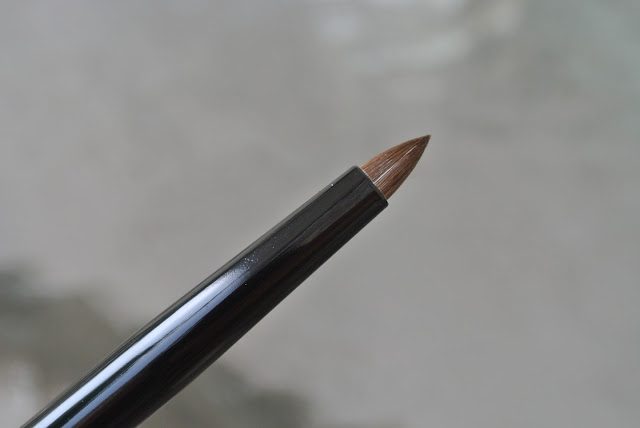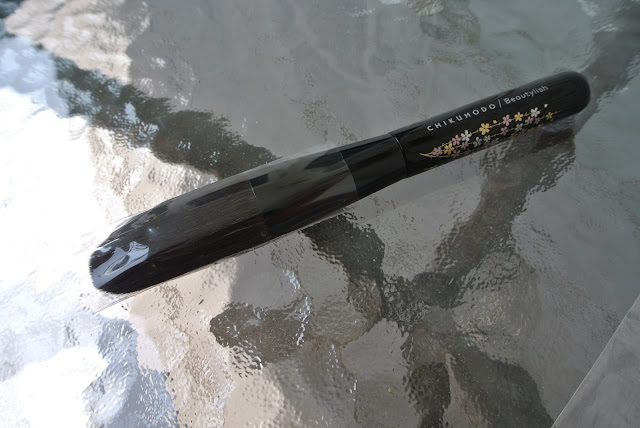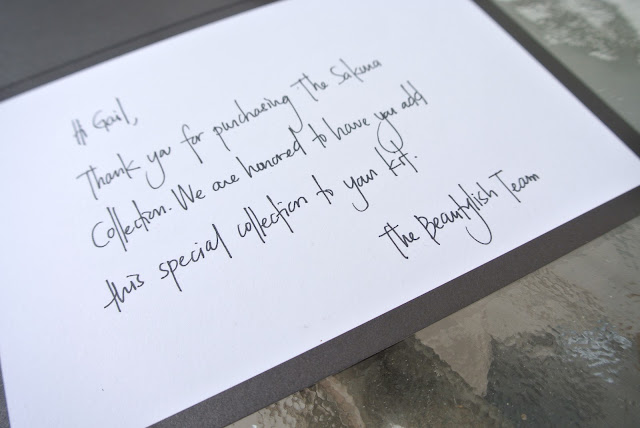Yesterday our family celebrated Diwali, a five-day festival with yesterday being the main day of celebration. One of the major holidays in India, it is celebrated by Hindus, Jains, Sikhs, and some Buddhists the world over, and has a different significance for each. Specifically for Hindus, it marks the return of Lord Rama and his wife Sita after their 14-year exile and celebrates the triumph of good over evil and light over darkness, hence Diwali is known as the Festival of Lights.
As it falls between mid-October and mid-November depending upon the Hindu calendar, Diwali marks the beginning of our holiday season. Each year we travel to Minneapolis (where my mother- and brother-in law live) to celebrate. While of course every family has their own traditions, our Diwali traditions are quite typical of how most Indians celebrate, even for being in Minnesota!
This year, I came to the Twin Cities a few days early to spend some time with my mother-in-law and start the Diwali celebrations early. My first few days here, MIL and I did a lot of shopping. Much like Christmas, shopping is actually part of Diwali preparations, so I had to participate, you see! Getting new clothes is a Diwali tradition, and a new outfit is always worn on Diwali day. Each year we make the annual pilgrimage to Macy's to find new threads.
 |
| The "twins" in their matching shirts. |
The first official day of Diwali is called Dhanteras. It is typical to buy gold or silver on this day to ensure prosperity, so my MIL bought a silver ring while shopping. The second day is called Choti Diwali. It is spent resting or doing beautifying rituals to prepare for the big celebrations the next day. My MIL and I went to a new salon to get our hair done, and that evening we all had a family dinner at a new Indian restaurant in town, Blue Fox. I wore a new shawl thanks to my mother-in-law's keen eye at Von Maur. As a note, we don't do much on the fourth and fifth days of Diwali. Many people do a prayer, which my MIL does, and often people go to their relative's houses to visit. (The majority of P's extended family is in India.) On the fifth day, Bhai Duj, sisters invite brothers to their house, and many sweets (mithai) are consumed.
The majority of the holiday happenings are on the third day of Diwali, which is the beginning of the new year of the Hindu calendar. Yesterday, November 11, marked this day. I wore a new sari, which I borrowed from MIL. I don't always wear a sari on Diwali, it varies from year to year. This year, I wanted to see how well I would do with a sari and crutches. #accessiblefashion. Saris are not as difficult to wear as you might think. A petticoat is worn underneath the sari, and all of the excess fabric is gathered at the waist and tucked into the petticoat. From there, it is draped over the shoulder. It can be pinned at the waist and shoulder, which we did, and I moved around fairly easily on my crutches with the only obstacle being if I caught some of the excess of the skirt under my crutches. The sari I wore this year was black with a border in bright yellow, green, and pink.
Diwali is both colorful and bright. Small candles in clay holders known as diyas are lit throughout the home as a literal representation of light's triumph over darkness. We light traditional diyas, and use modern flameless candles throughout the home as well. In addition, we put a string of Christmas lights out on the deck. Certainly the neighbors must think we are ahead of the holiday decorating game.
 |
| Our flameless candle "diyas". |
In addition to welcoming Lakshmi into your home by cleaning, a pooja (or prayer) is also done in her honor on Diwali. To prepare for the pooja, we wash our hands. Sweets and fruit are placed on the altar as an offering to her, and candles (diyas) are lit. (My MIL simply fashions the wick of the diya from a cotton ball soaked in clarified butter known as ghee.) We each receive a tika (a red dot on the forehead.) We chant the same refrain to Lakshmi for about 45 minutes, counting it out on a set of prayer beads. Similar to praying with a rosary, one bead represents one chant of the prayer. A single rose petal is placed on the altar to Lakshmi for each line of the prayer. A bell is rung during the last verses of the prayer, and a candle is waved in a circular fashion (called the aarathi). When we are finished, we eat some of the foods that were placed on the altar. This is called prasad.
After the pooja at home, the Diwali meal is consumed. The Diwali meal is always vegetarian. This year our meal consisted of garbanzo beans (chana), matar paneer (cheese cubes and peas in a tomato sauce), rice, naan, and potato patties. The potato patty recipe was based on one from a famous dish from P's hometown. In addition, sweets are a Diwali must. I helped my MIL make a few of these snacks, and some are store-bought. We made kakua together, and we bought milk cake and gulab jamun. MIL also made kheer (rice pudding) in the crock pot. We always invite our friends to enjoy the dinner with us. It's a great chance for us to catch up with friends from college/high school.
 |
| Molly "helped" me run the cookie press. |
 |
| Milk cake (left) and gulab jamun (right). |
 |
| Marcy, Molly & I |
 |
| Dinner is served! |
I would be remiss to not mention the part about Diwali I dislike the most: fireworks. They are a huge part of the Diwali celebrations, but I am scared of loud noises. We don't do fireworks every year, but when we do I just watch from indoors. (We don't get anything terribly loud anyway.) While we weren't able to find fireworks at the store this year, it was just as well due to the rain. However, when P was on a business call with people in India a few days ago, he had to reassure the American counterparts on the phone that the background noise on the India call was Diwali celebrations in the streets, and not gunshots.
Our dog, Molly, is not exactly a fan of Diwali fireworks either. She usually sits in the house with me if the family lights crackers. However, she is a full Diwali participant; she does an excellent job of cleaning (crumbs off the floor) and begging visitors for sweets. She is also very familiar with the ritual pooja. While we were preparing for the prayer, she came into the room and sat on the rug that we had laid out as if she was called to prayer. We brought in her dog bed, and she laid quietly for the entire 45 minute prayer. She noses from afar at the scents emanating from the altar, but knows that it is not for her. Molly has inspired us to borrow a Diwali tradition from Nepal, where dogs are celebrated on the second day of Diwali (known as Kukur Tihar in Nepali). (Check out this great article on Kukur Tihar.) As she is treated as part of the family, she receives a tika for the prayer and of course gets extra treats and nibbles for the holiday.
 |
| Molly came to the pooja. |
 |
| Molly receives her tika. |
 |
| Molly's tika. |
 |
| Molly near the altar. |









